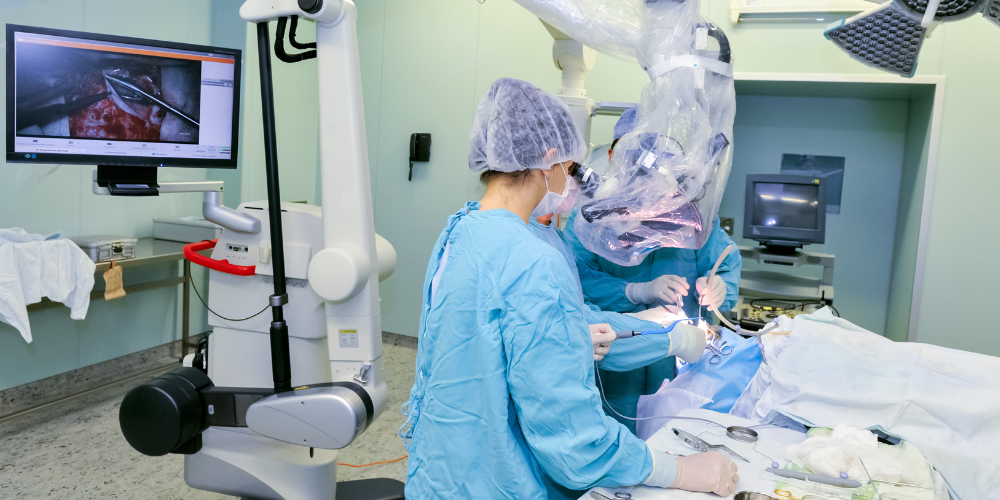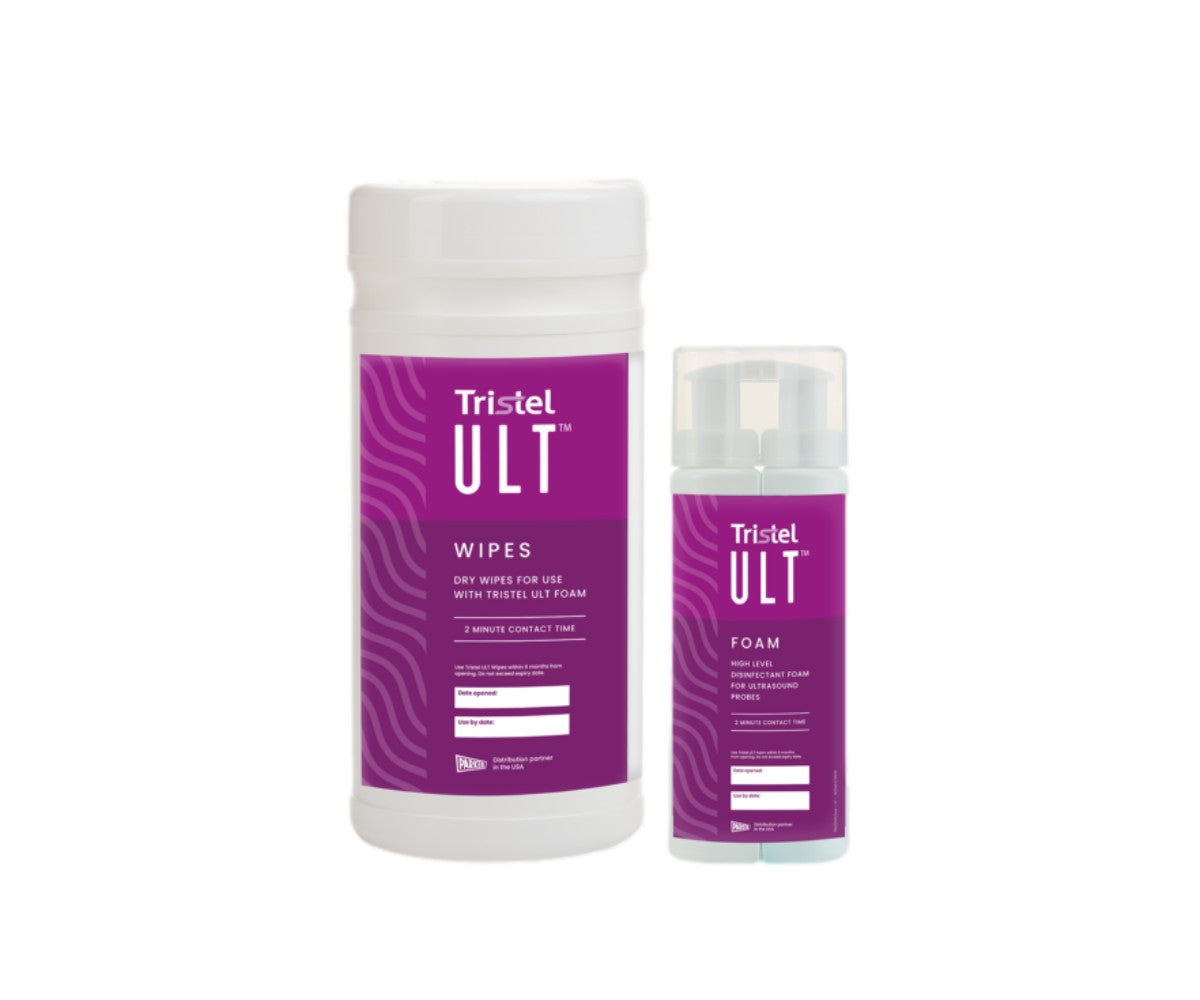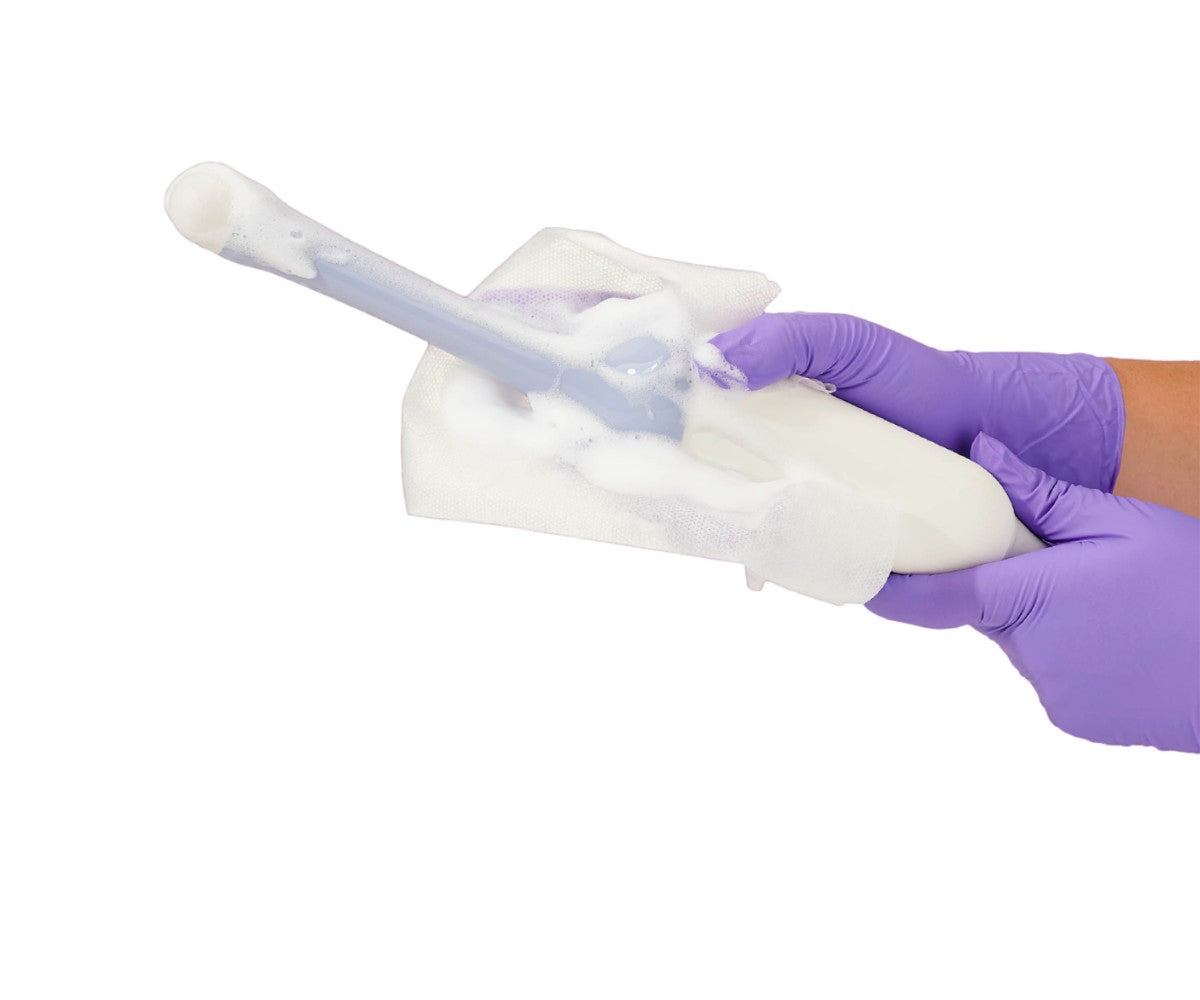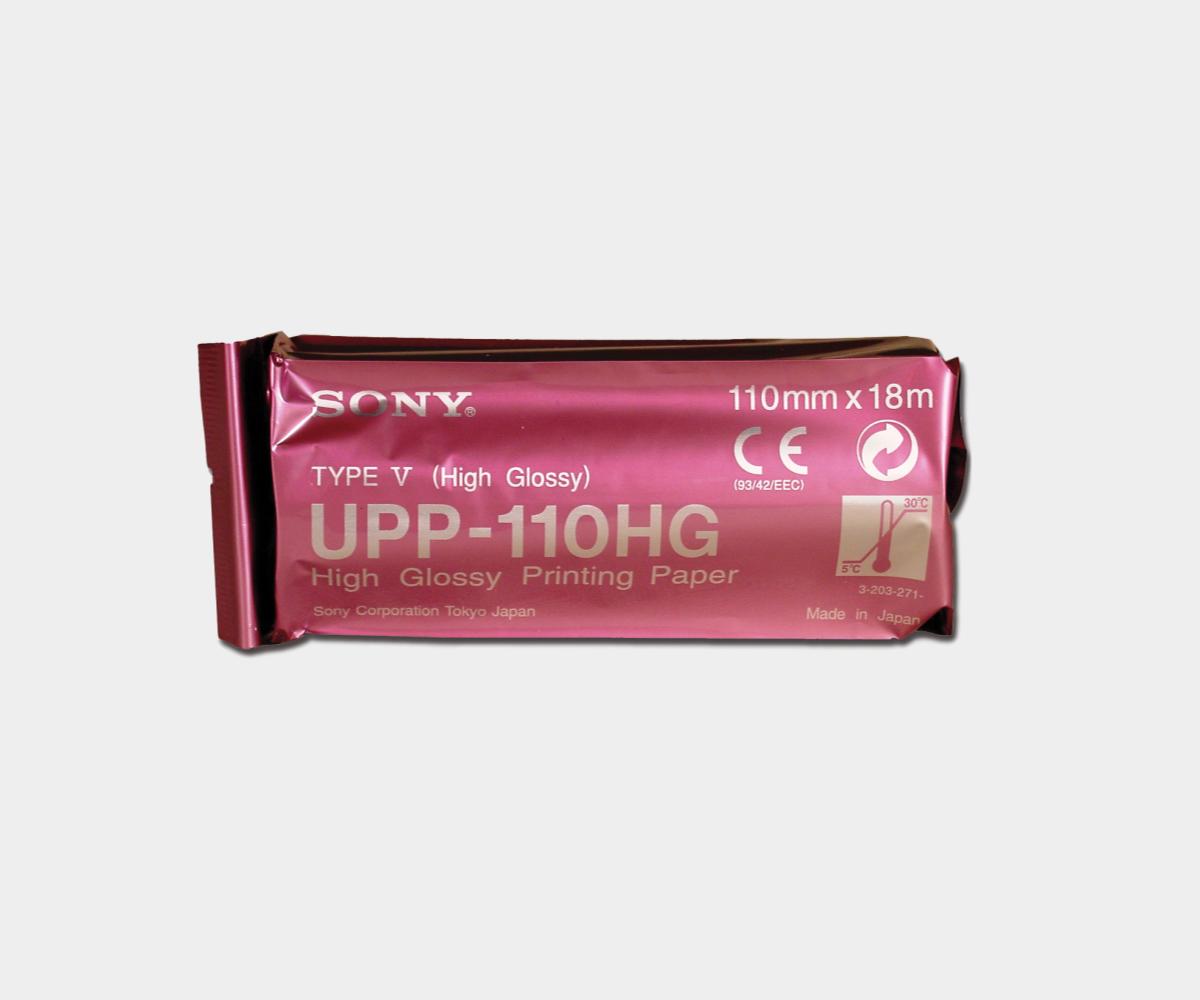In recent years, the healthcare sector has witnessed remarkable advancements in surgical supplies and equipment. One area where these innovations have significantly contributed is in enhancing patient safety in ambulatory surgery centers (ASCs).
With the introduction of innovative surgical supplies like CT scan drapes, endoscope disinfection tray covers, and other surgical equipment drapes, ASCs are now able to further prioritize patient safety during procedures.
Patient safety is a crucial aspect of any healthcare setting, and ASCs are no exception. These facilities perform a wide range of surgical procedures, from minor interventions to more complex operations. Therefore, ensuring patient safety requires a combination of stringent infection control measures, proper sterilization techniques, and the use of advanced surgical supplies.
Properly Draping Your CT Scanner
The use of advanced imaging in surgical settings has gained widespread adoption not only in hospital operating rooms but in outpatient surgery settings as well. While the benefits of such enhanced guidance are plentiful, the risk of cross-contamination and equipment damage in interventional settings cannot be overlooked.
CT scanners used in interventional settings may be exposed to blood and other bodily fluids. Not only can improper draping lead to the spread of healthcare-associated infections (HAIs), it can also damage the sensitive interior components of a CT scanner.
Nonetheless, simply draping the CT scanner may not be enough. For example, standard CT drapes are an excellent choice for diagnostic exams, but are not the most ideal for procedures where blood and other fluids may soil the drape.
Instead, innovative CT scan drapes with reinforced fluid collection bags are the best choice for machines used in the OR or ASC. These dual-layer sterile drapes can absorb and collect up to 3 liters of fluid, thus dramatically minimizing the risk of fluid leakage onto the scanner.
Additionally, using CT scanner drapes with fluid collection bags reduces the cleaning time post-procedure. This can allow for greater patient turnaround time – an aspect which is critical to ASC facility success.
Keeping Endoscopes Clean
Endoscopes are indispensable tools in modern surgery, allowing for minimally invasive procedures with faster recovery times. However, their intricate design poses challenges in terms of cleaning and disinfection. Duodenoscopes, a type of endoscope used for examining the small intestine, have been associated with multiple infection outbreaks worldwide. Researchers calculated a duodenoscope-associated infection risk of 0.01 percent based on reported infections between 2008 and 2018 in the US. Enter endoscope disinfection tray covers – a timely solution that addresses infection prevention at its source.
These tray covers are crafted from materials that effectively shield endoscopes from contaminants, ensuring a sterile environment for each procedure. By preventing the ingress of microorganisms and maintaining the integrity of the endoscope, these covers significantly reduce the risk of postoperative infections. This innovation not only enhances patient safety but also streamlines the workflow in ASCs by simplifying the cleaning process.
Beyond CT scans and endoscopes, ASCs utilize a myriad of surgical equipment, each with its unique set of challenges. Customized surgical equipment drapes have emerged as a versatile solution, providing tailored protection for different tools and machinery and maintaining the sterile field throughout the procedure.
These drapes are designed to fit a wide range of surgical equipment, including c-arms, lights, and cameras, thereby ensuring that contamination risks are minimized. From orthopedic surgeries to ophthalmic procedures, the adaptability of these drapes enhances patient safety across diverse surgical specialties.
In the dynamic landscape of ambulatory surgical centers, patient safety is just as important as in traditional inpatient ORs. After all, the lower risk of infection in ASCs is one of the main factors that draws more and more patients to outpatient settings. The integration of innovative surgical supplies such as CT scan drapes, endoscope disinfection tray covers, and other surgical equipment drapes exemplifies the commitment of healthcare professionals to elevate standards and minimize risks.
As technology continues to advance, so too will the array of tools available to enhance patient safety in ASCs. By embracing these innovations, healthcare providers can not only improve patient outcomes but also contribute to the overall efficiency and reputation of their facilities. As we look to the future, the continued collaboration between medical professionals and technology developers promises a healthcare landscape where patient safety remains at the forefront of every surgical endeavor.









